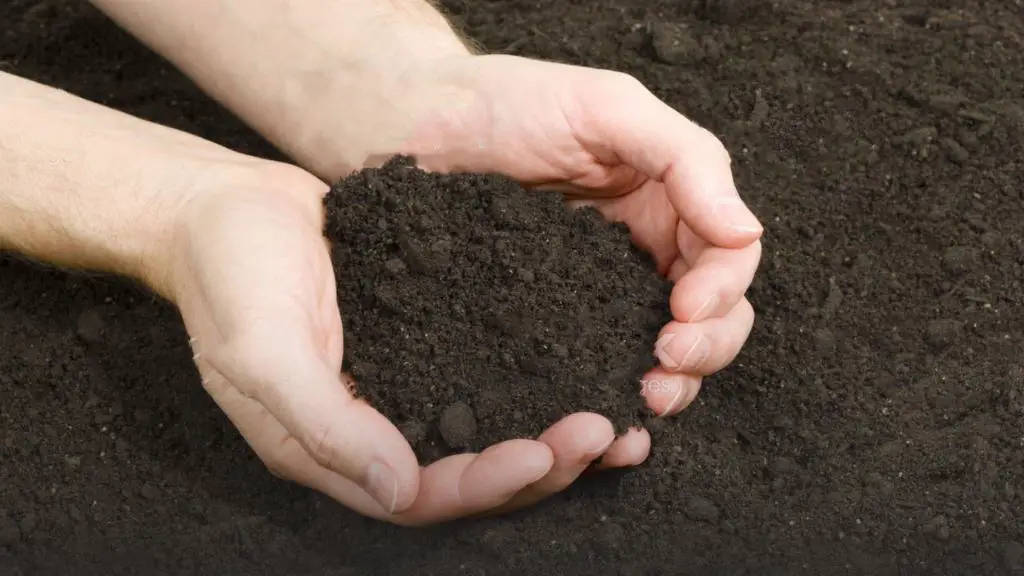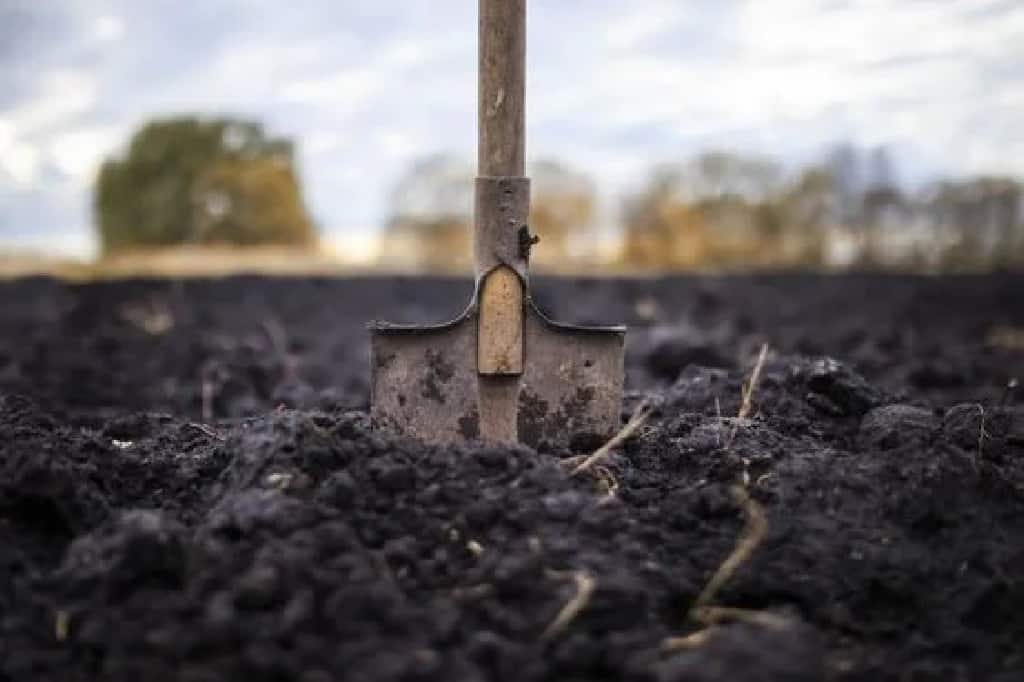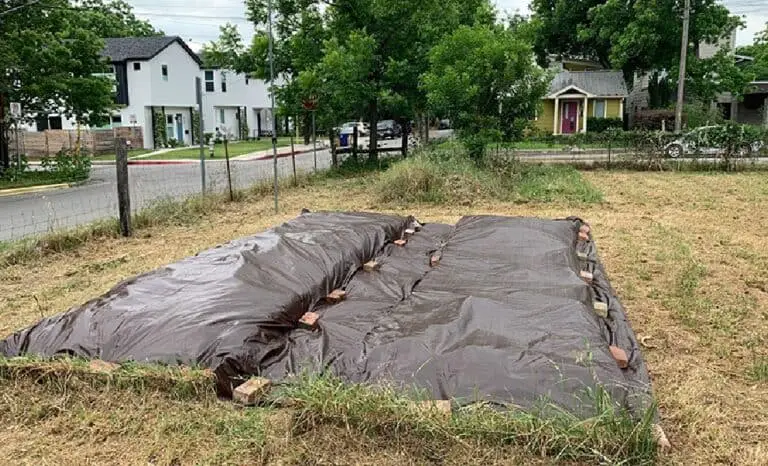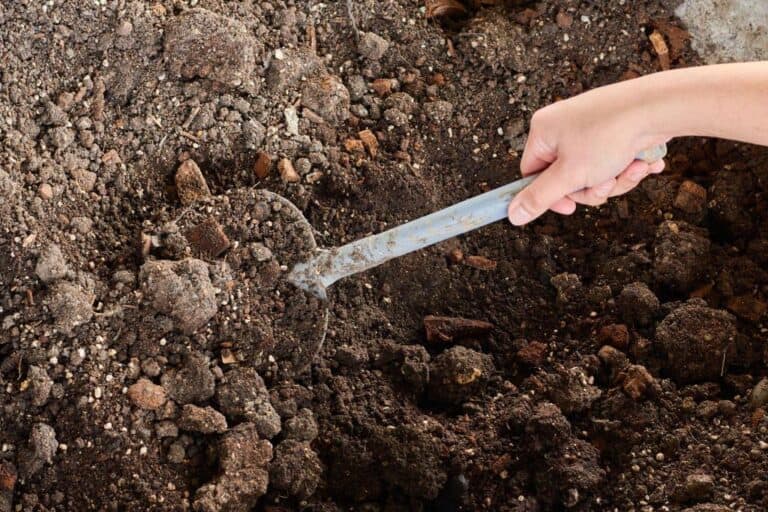What Is Black Cotton Soil? Uses, Foundation, and Decomposition

Under the radiant rays of the sun, a peculiar landscape sprawls, adorned with soil as dark as midnight’s embrace. Welcome to the realm of black cotton soil – an enigmatic and captivating entity that holds both marvels and challenges within its obsidian depths.
Ever trod upon fertile farmland that clung to your shoes like a persistent friend? Chances are, you’ve encountered this intriguing soil, known for its uncanny resemblance to cotton when dry and its captivating black hue when wet. But beyond its captivating appearance lies a world of diverse applications and ecological mysteries waiting to be unveiled.
Join us as we embark on a journey of discovery through the black cotton soil’s multifaceted nature. From its vital role in agriculture, supporting crops that feed nations, to its influence on foundation design, shaping the structures that stand tall, and even its transformative decomposition journey, releasing secrets buried beneath the surface. Get ready to dig deep into the heart of this inky canvas, where life and landscape intertwine in a dance of prosperity and adaptation.
Overview of Black Cotton Soil
Black cotton soil is a type of expansive clay soil that derives its name from its dark color and high clay content. This soil is primarily found in tropical and subtropical regions around the world. The distinctive dark hue is due to the presence of iron and other minerals in the soil.
Let’s dive into its properties, shall we? First off, this soil is like a sponge when it comes to water – it’s a champion at holding onto moisture. That’s a boon in arid regions, where every drop counts. But here’s the twist: when it’s wet, it swells, and when it’s dry, it shrinks.
It’s like soil yoga – expanding and contracting with the seasons. This behavior, called “shrink-swell,” might make it a bit tricky to build on, but it’s all part of what makes black cotton soil so fascinating.
| Key Properties of Black Cotton Soil | Notable Characteristics |
| High water-retention capacity | Soil expands when wet and shrinks when dry |
| Shrink-swell behavior | Rich in iron and minerals |
| Effective nutrient retention | Found in tropical and subtropical regions |
Now, let’s talk nutrients. Black cotton soil has a knack for keeping those essential plant goodies right where they’re needed. It’s fine clay particles create a cozy nook for nutrients, holding onto them until plants are ready to feast. This nutrient-hoarding ability can be a game-changer in farming.
Formation and Decomposition of Black Cotton Soil

Let’s uncover the mysterious journey that leads to the formation of black cotton soil. Picture a slow dance between nature’s forces that spans millennia.
Step one: the parent rock
Black cotton soil isn’t your run-of-the-mill dirt; it’s born from the weathering of specific rocks like basalt and shale. These parent rocks break down over time, releasing tiny mineral particles into the mix.
| Formation Factors | Key Contributors |
| Parent rock weathering | Basalt and shale breakdown |
| Climate conditions | Alternating wet and dry seasons |
| Vegetation cover | Grasslands and sparse trees |
Read: Is Rocky Soil Good for Farming and Growing Crops and Plants?
Step two: climate comes into play
Tropical and subtropical regions take the spotlight. These areas experience alternating wet and dry seasons, creating a recipe for soil magic. When it rains, the soil soaks up water, swelling like a sponge. As it dries, it contracts, pulling itself together. This rhythmic dance forms the basis of black cotton soil’s shrink-swell behavior.
Finally, vegetation adds its touch
In regions where black cotton soil thrives, you’ll find grasslands and just a hint of trees. This unique combination of flora contributes to the organic matter that enriches the soil. Over time, this blend of weathering rocks, climate quirks, and a touch of greenery creates the dark, nutrient-rich tapestry we know as black cotton soil.
Learn:How Does Organic Farming Enhance the Quality of Soil and Water?
Decomposition of Black Cotton Soil
One fascinating aspect of black cotton soil is its unique decomposition properties. Over time, organic matter in the soil decomposes, leading to changes in its structure and characteristics. During the decomposition process, several key changes occur:
- Increased Nutrient Content: As organic matter decomposes, it releases essential nutrients, such as nitrogen, phosphorus, and potassium, into the soil. This nutrient enrichment enhances the soil’s fertility and sustains plant growth.
- Improved Soil Structure: Decomposition encourages the development of a granular soil structure. This granulation aids in better water infiltration and root penetration, contributing to improved overall soil health.
- Carbon Sequestration: During the decomposition process, carbon is absorbed and stored in the soil. This sequestration helps offset carbon emissions and plays a vital role in mitigating the impacts of climate change.
- Formation of Humus: The dark, organic material formed during decomposition is known as humus. Humus further enriches the soil, enhances its water-holding capacity, and promotes a favorable environment for beneficial soil microorganisms.
Engineering Properties and Foundation Issues
Black cotton soil poses unique engineering challenges, especially in construction projects. One of the major issues with this soil type is its high plasticity, which causes it to undergo significant volume changes with fluctuations in moisture content. During the rainy season, the soil swells, leading to potential foundation instability. Conversely, in dry seasons, it shrinks, creating cracks in the ground.
To mitigate foundation problems on black cotton soil, engineers employ various techniques. Commonly used methods include soil stabilization with additives like lime or cement, implementing proper drainage systems, and using pile foundations to distribute the load evenly.
Agricultural Importance and Challenges
The agricultural significance of black cotton soil cannot be overstated. Its water-retentive properties are advantageous in regions with irregular rainfall patterns, as it sustains crops during dry periods. Additionally, its nutrient-holding capacity supports plant growth, reducing the need for frequent fertilization.
However, farming on black cotton soil comes with challenges. The soil’s heavy texture can lead to poor drainage, causing waterlogging and root rot in crops. Moreover, its tendency to form hard clods during dry spells hinders soil aeration and root penetration.
What Crops Are Best Suited for Cultivation in Black Cotton Soil?
Given its unique characteristics, certain plants thrive particularly well within its embrace. The moniker “black cotton soil” stems from its propensity to support cotton cultivation, showcasing its affinity for this versatile crop. However, its capacity doesn’t end there; a variety of crops flourish under its nurturing care, owing to its exceptional fertility and water-retention capabilities.
Black cotton soil is ideal for growing a variety of crops due to its high fertility and moisture retention. Here is a list of crops that are suitable for cultivation in black cotton soil based on the search results:
- Cotton: Black soil is considered the best variety of soil for the cultivation of cotton, and it is the most commonly grown crop in this type of soil.
- Sugarcane: Black soil is suitable for sugarcane cultivation due to its high fertility and moisture retention.
- Tobacco: Black soil is ideal for growing Virginia tobacco.
- Wheat: Wheat is one of the main crops grown on black soil, and it is suitable for dry farming due to the soil’s moisture retention.
- Millets: Black soil is suitable for growing millets, which are drought-resistant crops.
- Oilseeds: Black soil is suitable for producing oilseeds such as linseed, castor, and sunflower.
- Cereals: Black soil is suitable for producing cereals such as rice, barley, and rye.
- Citrus fruits and vegetables: Black soil is also suitable for producing citrus fruits and vegetables.
- Other fruits: Mangoes, olives, almonds, walnuts, pecans, cashews, apples, peaches, and plums are some of the common tree crops suitable for black soil.
- Other vegetables: Vegetables like peas, brinjal, tomatoes, and green chillies are suitable for cultivation in black soil.
It is important to note that black soil is low in fertility and poor in organic matter, nitrogen, phosphorus, and zinc. Therefore, the use of fertilizers and manure is recommended to increase crop yield.
Industrial Uses and Applications
Beyond agriculture, black cotton soil finds application in various industries. In construction, it is used for making bricks and as a raw material for pottery. The soil’s cohesive properties make it suitable for shaping into bricks, which are durable. Black cotton soil is well-suited for construction purposes. In pottery, the soil’s plasticity allows artisans to mold it into various shapes with ease.
Despite black cotton’s advantages, it has some limitations for industrial use. Its shrink-swell behavior can cause damage to structures over time, necessitating careful planning and design in construction projects.
Soil Stabilization Techniques
Soil stabilization techniques are crucial to managing the challenges posed by black cotton soil. Engineers and construction professionals use these methods to enhance the soil’s engineering properties, making it more suitable for various applications.
- Chemical Stabilization: Chemical additives like lime, cement, and fly ash are commonly used to stabilize black cotton soil. These additives interact with the clay particles, reducing their plasticity and improving the soil’s load-bearing capacity. Chemical stabilization is often employed in road construction and building foundations.
- Mechanical Stabilization: Mechanical methods involve altering the soil’s physical properties to enhance its strength and stability. Techniques such as soil compaction and soil reinforcement with geosynthetic materials can effectively reduce swelling and shrinkage issues in the soil.
- Biological Stabilization: In certain cases, biological stabilization techniques are used to manage black cotton soil. Plant roots can bind the soil particles together, providing natural reinforcement against erosion and reducing the soil’s susceptibility to volume changes. This approach is often used in soil conservation and slope stabilization projects.
Environmental Impact and Conservation
The increasing demand for agricultural land and urbanization pose a threat to black cotton soil and its conservation. Human activities, such as deforestation and improper land use, can lead to soil degradation and erosion. It is vital to implement conservation measures to protect this valuable resource.
- Afforestation: Planting trees and restoring natural vegetation in areas with black cotton soil can help prevent soil erosion and maintain soil health. Tree roots act as anchors, reducing soil movement and enhancing its stability.
- Terracing: In hilly regions with black cotton soil, terracing can effectively control soil erosion. By constructing terraces along the contour lines, water runoff is slowed, allowing more time for absorption and reducing the impact of erosion.
- Crop Rotation and Cover Crops: Implementing crop rotation and cover cropping practices can improve soil fertility and structure. Growing different crops in succession helps replenish nutrients and reduces the risk of soil depletion.
Conclusion
Black cotton soil, with its unique properties and diverse uses, is an essential component of various ecosystems. From being a farmer’s ally to providing building material in resource-constrained regions, this soil plays a vital role in shaping human civilization. While its challenges must be acknowledged and addressed during construction, its agricultural benefits and potential for carbon sequestration make it an invaluable resource for sustainable practices.
As highlighted, stabilization techniques for black cotton soil are pivotal in addressing its engineering challenges, enabling safe and durable construction projects. Equally important is recognizing the impact of moisture on its properties, emphasizing the need for proper moisture management to prevent undesired decomposition and instability.
The broader importance of comprehending black cotton soil’s behavior extends beyond construction and into agriculture, as its utilization in farming practices can greatly benefit crop growth and yield. Moreover, its capacity for carbon sequestration presents an avenue for mitigating environmental concerns.
FAQs on Importance of Understanding Black Cotton Soil Behavior
What are the advantages of black cotton soil?
Black cotton soil offers excellent water retention and fertility, making it ideal for agriculture. Its high clay content allows crops to thrive even during dry spells, and it’s rich in essential nutrients. Additionally, the soil’s carbon sequestration properties contribute to mitigating climate change.
How to improve the fertility of black cotton soil for agriculture?
To enhance black cotton soil fertility, organic matter can be added through composting or green manure. Proper crop rotation and balanced fertilization also help maintain nutrient levels. Implementing effective drainage systems prevents waterlogging and aids root growth.
What are the best construction techniques for building on black cotton soil?
Building on black cotton soil requires careful engineering. Deep foundations, like pile foundations, are preferred to avoid structural damage due to soil volume changes. Moisture control, site investigation, and flexible materials also contribute to stable construction.
Can black cotton soil be used for gardening and landscaping?
While challenging, black cotton soil can be used for gardening and landscaping with proper measures. Amending the soil with organic matter and providing adequate drainage are crucial. Selecting native plants adapted to the soil’s characteristics can also help create thriving gardens.
What are the common issues faced when farming on black cotton soil?
Common challenges include soil cracking during dry seasons, difficulty in plowing, and poor drainage leading to waterlogging. Additionally, soil erosion can occur due to its high plasticity when wet.
Is black cotton soil suitable for building foundations?
Yes, black cotton soil can be used for building foundations. However, it requires specific engineering techniques to account for its volume changes. Employing proper foundation design and moisture control is essential for stable structures.
Are there any environmentally friendly methods to stabilize black cotton soil?
Environmentally Friendly Stabilization: Utilizing organic and biodegradable stabilizers like lime, fly ash, or rice husk ash can environmentally stabilize black cotton soil. These methods help improve soil structure and reduce erosion risks.
Where can I find resources for further research on black cotton soil?
Resources for Further Research: For more in-depth knowledge on black cotton soil, refer to academic journals, agricultural research institutions, geological surveys, and online resources from reputable sources. These outlets provide valuable insights into the soil’s properties and various applications.







